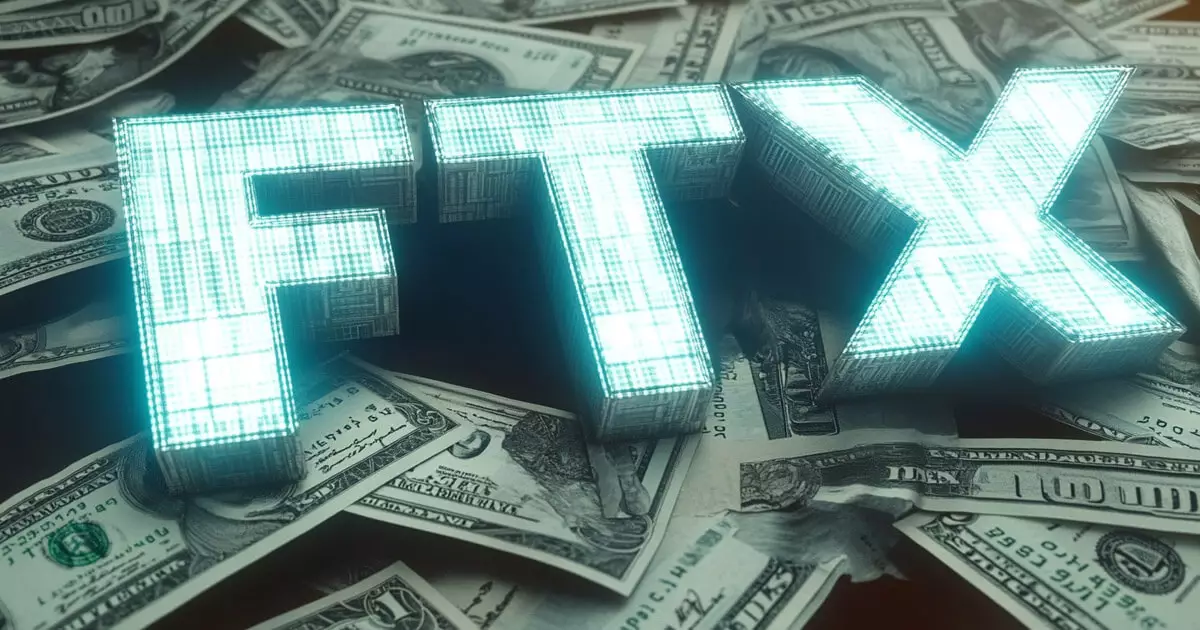The cryptocurrency sphere has been rocked by dramatic shifts and high-stakes developments over the past year, particularly spotlighted by the fallout from the FTX exchange collapse. On February 18, 2024, FTX is set to initiate a distribution of funds to its smaller creditors, an action that signals important milestones in its ongoing bankruptcy proceedings. This financial recalibration is particularly pertinent for those claimants categorized under the “Convenience Class.”
The Joint Official Liquidators (JOLs) of FTX Digital Markets Ltd. announced that creditors with approved claims of $50,000 or less, known as Convenience Class claimants, are poised to receive full repayment. This will not only cover the principal amount of their claims but also a post-petition interest rate of 9% per annum. Distribution will commence at 10:00 A.M. Eastern Time, and eligible claimants must ensure their BitGo account details are verified through the FTX Digital Claim Portal before these funds can be accessed.
The upcoming distribution is notable not only for the immediate financial relief it offers to smaller creditors but also for establishing a structured approach to the larger bankruptcy process. While this step represents a glimmer of optimism amidst an arduous bankruptcy journey, it is crucial to remember that it does not resolve the pending claims that involve more significant sums and complex legal battles.
While smaller creditors might feel a wave of relief from the forthcoming distributions, larger debtors face a much murkier landscape. Institutional investors and venture capital firms are left navigating an ongoing labyrinth of legal disputes and asset recovery negotiations. Although the Convenience Class payout is a significant development, the landscape for larger claims remains dauntingly complicated and unresolved.
FTX’s new leadership, under CEO John J. Ray III, has been instrumental in spearheading measures to recover assets improperly utilized and to address the financial fallout resulting from the company’s previous management. Investigations into the actions of former executives reveal a tangled web of mismanagement, including legal actions aimed at those who allegedly profited from the chaos prior to the bankruptcy announcement.
The rise and fall of FTX serve as a cautionary tale within the cryptocurrency sphere, highlighting the critical need for stringent regulatory standards and robust risk management practices. Once valued at an astounding $32 billion, the exchange imploded in November 2022 after revelations of Alameda Research’s misappropriation of customer funds to cover trading losses.
When customers scrambled to withdraw their deposits, FTX’s inability to accommodate these demands initiated a full-blown liquidity crisis, resulting in the company halting withdrawals and ultimately filing for bankruptcy. This catastrophic series of events ignited a firestorm within the crypto community and led to criminal charges against FTX’s founder and former CEO, Sam Bankman-Fried, who was convicted on multiple counts of fraud and conspiracy.
As FTX navigates the treacherous waters of bankruptcy, the focus on asset recovery remains paramount. The legal and financial complexities involved in reclaiming misappropriated funds are far-reaching. Distributing available assets according to various claim classes complicates the process further.
Since its emergence from the ashes, the restructuring led by Ray has committed to unearthing FTX’s lost assets through numerous lawsuits aimed at former executives and attempts to recover funds contested in political donations and acquisitions. The challenge remains, however, as negotiations concerning the disbursement of the remaining assets continue, further underscoring the tenuous state of affairs that large creditors face.
FTX’s ongoing bankruptcy saga showcases a mix of progress and formidable challenges. While the scheduled payments to smaller creditors symbolize a proactive move towards resolution, the real hurdles lie ahead in addressing the complex claims of larger investors. The ripple effects of FTX’s collapse implicate not just the company but echo throughout the entire cryptocurrency sector, emphasizing the need for reform and more responsible practices moving forward. As the liquidation process unfolds, the road to recovery promises to be fraught with challenges, requiring diligence and resilience from all parties involved.

